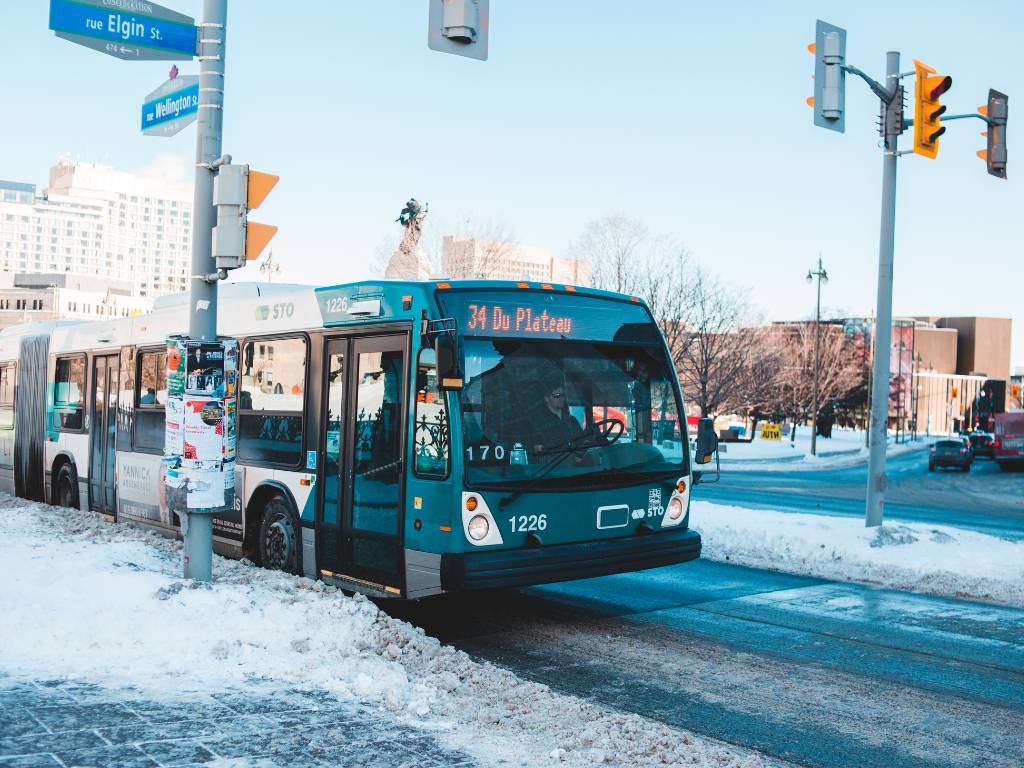RFP Timeline: Best Practices

In the complex world of procurement and project management, a well-structured Request for Proposal (RFP) timeline is a critical component of success. It serves as a roadmap, guiding both the issuing organization and potential vendors through the intricate process of proposal submission, evaluation, and selection. A thoughtfully crafted timeline ensures transparency, fairness, and efficiency, ultimately […]
What is the Private and Public Sector?

The terms “private sector” and “public sector” are frequently used in discussions about economics, politics, and social issues. These two sectors form the backbone of most modern economies and societies, each playing distinct yet complementary roles. But what exactly do these terms mean, and how do these sectors differ? This comprehensive blog post will explore […]
Navigating A Medical RFP

In the intricate landscape of healthcare, Requests for Proposals (RFPs) serve as a critical tool for procurement, partnerships, and service provision. Whether you’re a hospital administrator, medical device manufacturer, or healthcare service provider, understanding the nuances of medical RFPs is essential for success in this highly regulated industry. This comprehensive guide will explore the multifaceted […]
Unlocking Non-Profit RFPs

In the dynamic world of non-profit organizations, Requests for Proposals (RFPs) serve as a crucial bridge between innovative ideas and the resources needed to bring them to life. Whether you’re a seasoned non-profit professional or new to the sector, understanding the intricacies of the RFP process is essential for success. This comprehensive guide will explore […]
Responsive vs. Responsible Bidder

In the realm of procurement and contracting, two terms often discussed are “responsive bidder” and “responsible bidder.” While they sound similar, they have distinct meanings and implications in the bidding process. Understanding these differences is crucial for organizations aiming to ensure fair, efficient, and successful procurement outcomes. This blog explores the definitions, criteria, and significance […]
RFP Delivery: Best Practices for Successful Proposals

In today’s competitive business landscape, mastering the art of Request for Proposal (RFP) delivery is crucial for organizations aiming to procure goods, services, or partnerships that align with their strategic goals and operational needs. Crafting and delivering an effective RFP involves strategic planning, clear communication, and adherence to best practices to attract qualified vendors and […]
IFB vs. RFP: Key Differences and When to Use Each

In procurement and contracting, organizations often use different methods to solicit bids or proposals from vendors based on their specific needs and the nature of the project. Two common methods are Invitation for Bids (IFB) and Request for Proposal (RFP), each serving distinct purposes in the procurement process. Understanding the differences between IFB and RFP […]
RFP Experience: Navigating Procurement Success

The Request for Proposal (RFP) process is a cornerstone of procurement across various industries, offering organizations a structured method to solicit and evaluate proposals from potential vendors or contractors. Whether you are new to the RFP experience or seeking to enhance your approach, understanding its intricacies and best practices can significantly impact your success in […]
Crafting an Effective RFP in Healthcare

In the healthcare industry, the Request for Proposal (RFP) plays a crucial role in sourcing services, equipment, and solutions that are essential for delivering quality patient care and operational efficiency. Crafting an effective RFP requires careful planning, clear communication of requirements, and adherence to regulatory standards. This blog explores the key considerations, best practices, and […]
Writing an Effective RFP Cover Letter

In the realm of procurement and contracting, the Request for Proposal (RFP) cover letter serves as the initial introduction between an organization and potential vendors or contractors. This document plays a crucial role in setting the tone for the proposal submission, conveying professionalism, and providing key insights into the project. In this blog, we will […]
